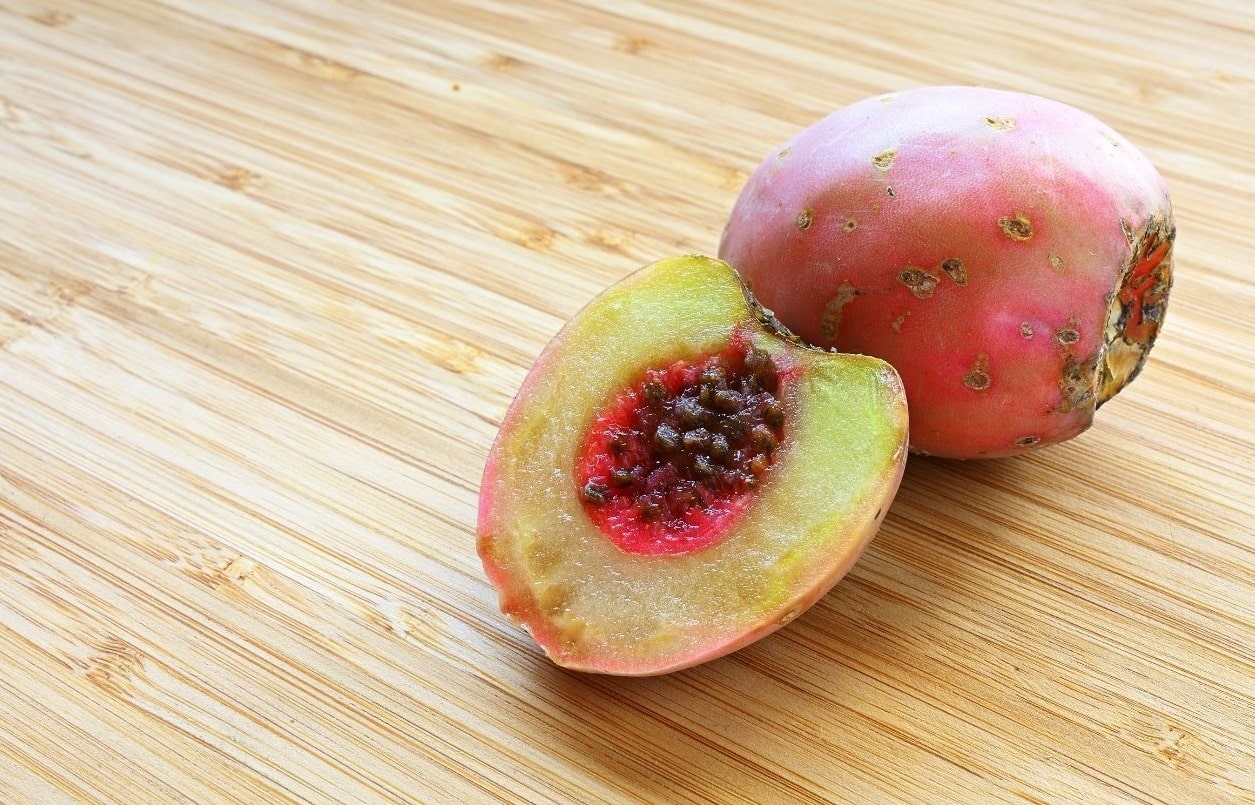
What is Xoconostle? Xoconostle, pronounced "sho-ko-NOHS-leh," is a type of prickly pear cactus fruit native to Mexico. Unlike its sweeter cousin, the tunas, xoconostle boasts a tart, tangy flavor that makes it a unique addition to various dishes. This fruit is not just a culinary delight but also a nutritional powerhouse. Rich in fiber, antioxidants, and vitamin C, xoconostle offers numerous health benefits. It's often used in traditional Mexican cuisine to add a zesty kick to salsas, soups, and even beverages. Curious about this intriguing fruit? Let's dive into 15 fascinating facts about xoconostle!
Key Takeaways:
- Xoconostle, a tart fruit from Mexico, is rich in vitamin C and antioxidants, making it a healthy snack option with immune-boosting benefits.
- This versatile fruit is used in Mexican salsas, soups, and traditional remedies for regulating blood sugar and treating digestive issues. Plus, it's easy to grow at home!
What is Xoconostle?
Xoconostle, a type of prickly pear cactus, is native to Mexico. Unlike its sweeter cousin, the xoconostle has a tart flavor. This unique fruit is used in various culinary dishes and traditional remedies.
-
Xoconostle is pronounced "sho-ko-NOS-leh."
-
The name "xoconostle" comes from the Nahuatl words "xococ" (sour) and "nochtli" (cactus fruit).
-
Xoconostle is often mistaken for the sweeter prickly pear, but they are different in taste and use.
Nutritional Benefits of Xoconostle
Xoconostle is not just tasty; it's packed with nutrients. This fruit offers several health benefits, making it a great addition to your diet.
-
Xoconostle is rich in vitamin C, which helps boost the immune system.
-
It contains antioxidants that help fight free radicals in the body.
-
The fruit is low in calories, making it a healthy snack option.
Culinary Uses of Xoconostle
Xoconostle's tart flavor makes it a versatile ingredient in many dishes. From savory to sweet, this fruit can enhance various recipes.
-
Xoconostle is commonly used in Mexican salsas and sauces.
-
It can be added to soups and stews for a tangy twist.
-
The fruit is also used to make jams and jellies.
Traditional Remedies Using Xoconostle
For centuries, xoconostle has been used in traditional medicine. Its health benefits go beyond just nutrition.
-
Xoconostle is believed to help regulate blood sugar levels.
-
It is used to treat digestive issues like constipation.
-
The fruit is also used in remedies for lowering cholesterol.
Growing Xoconostle
Interested in growing your own xoconostle? This hardy cactus can thrive in various conditions, making it a great plant for home gardens.
-
Xoconostle plants require minimal water, making them drought-resistant.
-
They can be grown in pots or directly in the ground.
-
The cactus produces fruit after about three years of growth.
The Final Bite
Xoconostle, a hidden gem in the cactus family, offers a burst of flavor and nutrition. Packed with vitamin C, fiber, and antioxidants, this fruit isn't just tasty but also a health booster. Its unique sour taste makes it a versatile ingredient in various dishes, from salsas to soups. Plus, its potential benefits for diabetes and cholesterol management make it even more appealing.
Exploring xoconostle can add a new dimension to your culinary adventures. Whether you're a foodie or just curious, trying this fruit could be a delightful experience. So next time you see xoconostle at a market, grab some and experiment. You might just find a new favorite.
Remember, nature offers many hidden treasures, and xoconostle is one worth discovering. Happy tasting!
Frequently Asked Questions
Was this page helpful?
Our commitment to delivering trustworthy and engaging content is at the heart of what we do. Each fact on our site is contributed by real users like you, bringing a wealth of diverse insights and information. To ensure the highest standards of accuracy and reliability, our dedicated editors meticulously review each submission. This process guarantees that the facts we share are not only fascinating but also credible. Trust in our commitment to quality and authenticity as you explore and learn with us.


